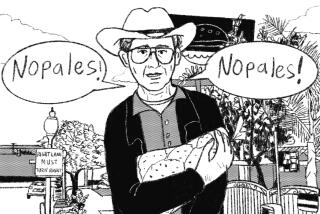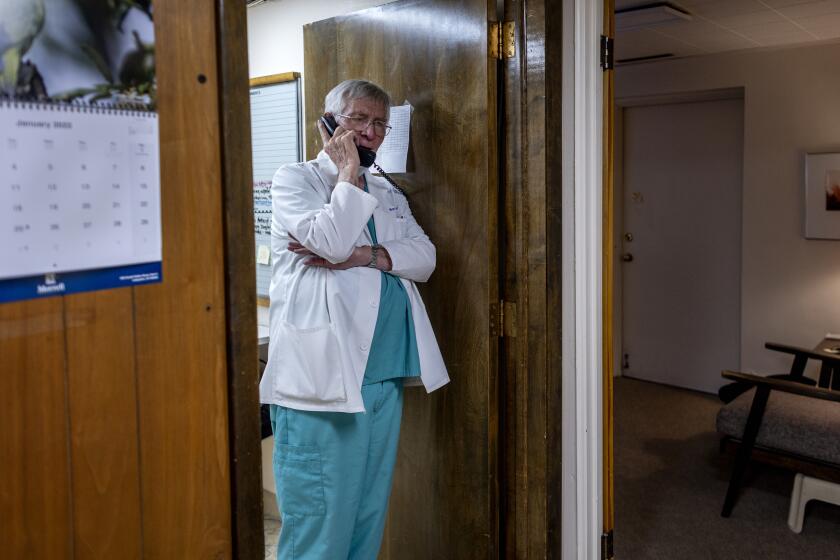Rude and crude French cartoonists died for our freedom
I have received many messages of solidarity from friends and readers in the couple of days since Islamic terrorists stormed into the Paris office of the satirical magazine Charlie Hebdo and murdered 12 people, including several cartoonists.
One friend -- a prominent officeholder who, despite getting his share of barbs from reporters, nevertheless understands the absolute necessity of maintaining an unfettered news media -- wrote in an email, “I am thinking of you following the France assault on journalists. It follows the loss of something like 40 journalists in the Mideast. Freedom cannot exist without people willing to ferret out the truth.”
I appreciated his words, but I responded with a crucial caveat: “Not only can freedom not exist without truth tellers, freedom cannot exist without obnoxious expressions of opinion, no matter who is offended.”
Throughout my career of giving offense, I have received an unending stream of comments from people who disagree with what I draw or write. Sometimes they are rude. Sometimes they are insulting. Sometimes they are seriously angry. And sometimes they are just having fun sparring with me. Only once have I gotten anything like a death threat, which was unsettling, but quickly forgotten. One guy offered to fight me, but he lived 3,000 miles away, so the bout never happened.
Love or hate the way I think, though, just about everyone would agree that my right to free speech is unassailable. That’s what makes America great, of course, and why there is near unanimous shock about the attack on the cartoonists in Paris. But, as people get a closer look at the kinds of images those French satirists were publishing, some are having second thoughts about all this freedom.
Editorial cartoonists in the United States are an essentially tame species. Traditionally part of the establishment media, American cartoonists mostly poke fun at obvious targets. Even when the cartoons my ink-spewing compatriots and I produce are sharply barbed and a little bold, they stay within fairly tight boundaries of social responsibility and good taste. I do not think that’s a terrible thing -- even though it encourages too many bland cartoons with elephants and donkeys and labels galore -- but it does mean we very seldom really test the limits of what our readers will tolerate.
The martyred cartoonists at Charlie Hebdo were different. Unrestrained mockery, not reasoned commentary, was their raison d’etre. Page after page, week after week, they turned out scatological, simplistic images attacking not only the political figures everyone picks on, but the cherished images and idols of organized religions. There were cartoons of Christ partaking of three-way sex with God and the Holy Spirit; nasty cartoons of the pope that got the magazine sued numerous times by Catholics; images of Orthodox Jews reminiscent of the anti-Semitic art of Nazi Germany, and, of course, caricatures of the prophet Muhammad doing all manner of disgusting things, sometimes with his genitals exposed.
It is those images that outraged the Parisian Muslim community and brought the cartoonists into the line of fire. The magazine office was firebombed in 2011 and the publication’s editor, Stephane Charbonnier, received enough death threats to justify hiring a bodyguard. The editor and the bodyguard are now among the dead.
Even with all our proud proclamations in favor of free speech, would a wildly iconoclastic magazine such as Charlie Hebdo be tolerated in the U.S.? Conservative religious people would be deeply offended, of course, but neither would such a publication fare well on liberally minded university campuses. Given the social sensitivities in the academic world, a student cartoonist who drew even one cartoon of the type regularly produced by the Charlie Hebdo crew would be pilloried and run off campus.
My own take? Most of the Charlie Hebdo cartoons I have seen are crudely drawn, crass and juvenile. Giving offense simply for its own sake has never been my style. Yet, I appreciate the principle on which Charbonnier took a stand. He kept publishing outrageous depictions of Muhammad mostly because people kept insisting that he had no right to do it.
Religious fundamentalists may believe limits to free expression are what the deity demands. College administrators may think it is the politically correct thing to do. Politicians may believe it will keep their constituents calm. But, without the freedom to offend -- even in the most outrageous way -- freedom is circumscribed and tepid. The French cartoonists were constant offenders and most people would not like their work, but they believed in freedom with a dedication few of us can match. And they died for it.
As Parisians are now saying in response to the terror, “Je suis Charlie.”
More to Read
A cure for the common opinion
Get thought-provoking perspectives with our weekly newsletter.
You may occasionally receive promotional content from the Los Angeles Times.











